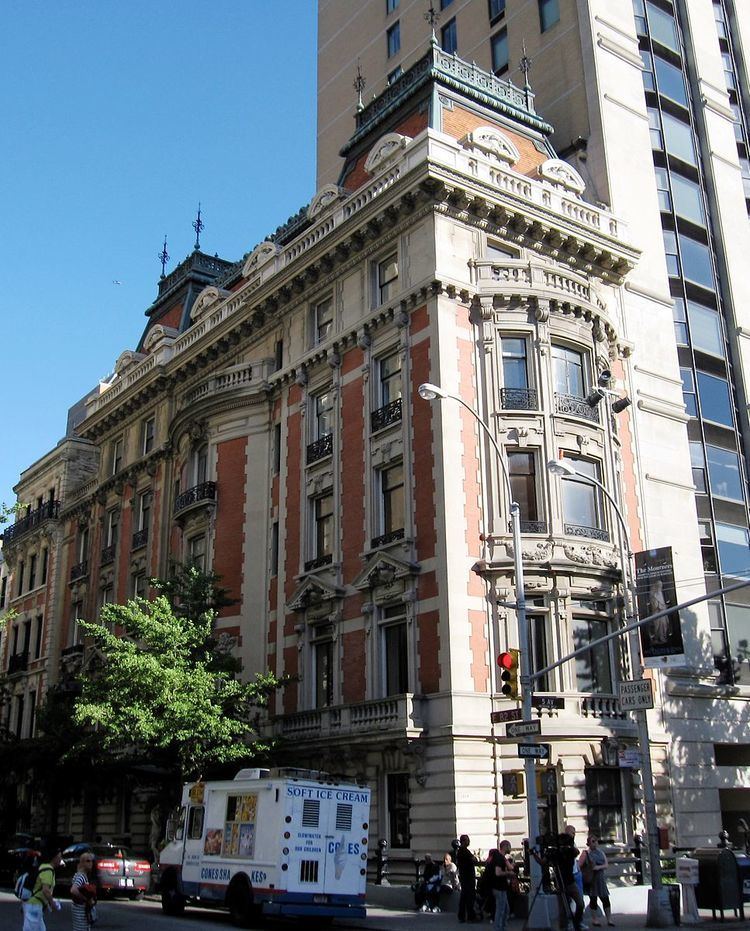Name Alexander Welch Role Architect | Died 1943 | |
 | ||
Alexander McMillan Welch (1869 – 1943) was an American architect trained in the Beaux-Arts tradition, who led the New York City firm of Welch, Smith & Provot, in partnership with Bowen B. Smith and George Provot.
Contents
Life and career
Welch, a descendant of Philip Welch, who emigrated to Ipswich, Massachusetts in 1654, graduated from Columbia University and the École des Beaux-Arts in Paris. Under the influence of his brother-in-law, Bashford Dean, Welch collected some antique swords.
The firm's trademark style of discreet brick and limestone townhouses in neo-Georgian style is embodied in the Benjamin N. Duke House at 1009 Fifth Avenue, one of a row of four houses built in 1899-1901 for the speculative builders William and Thomas Hall. Number 1009 was purchased by the tobacco magnate Benjamin Newton Duke. Similar rowhouses by Welch, Smith & Provot are 28 through 38 West 86th Street (1906–1908).
Welch was the consulting architect in restorations made to a number of designated historical landmarks, including Alexander Hamilton's Hamilton Grange in the Hamilton Heights neighborhood of Upper Manhattan, George Washington's Headquarters in White Plains, New York, and the Dutch Colonial Dyckman House in Inwood, Manhattan. Welch had married to Fannie Fredericka Dyckman on June 2, 1896. She and her sister Mrs Bashford Dean presented the Dyckman house to New York City in 1916.
